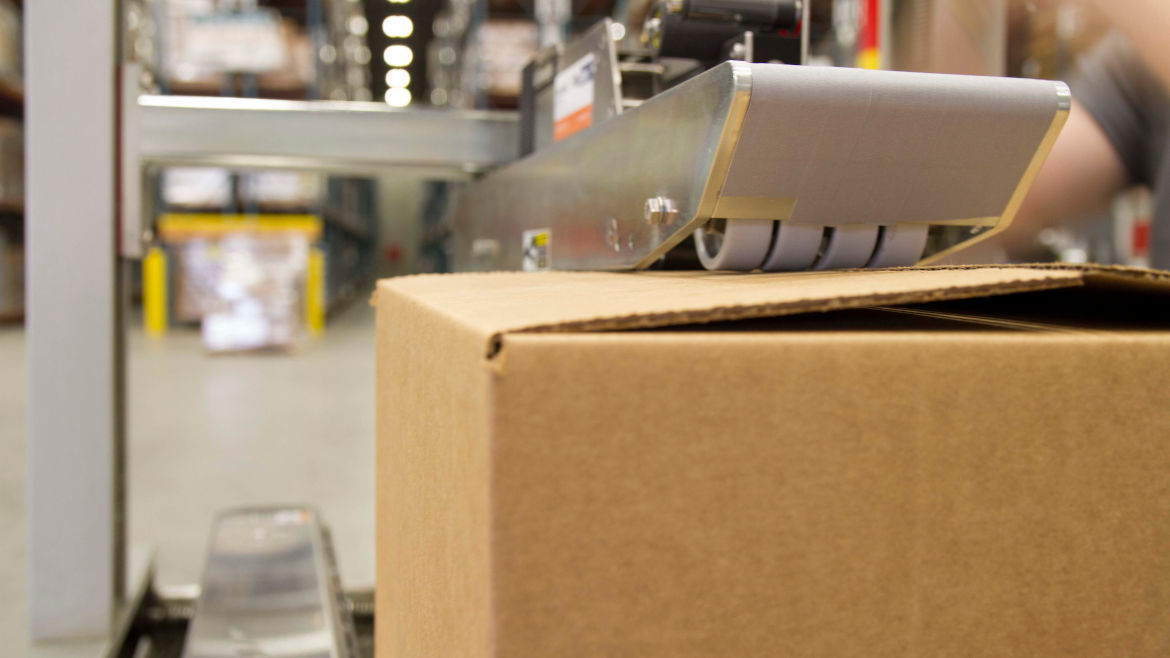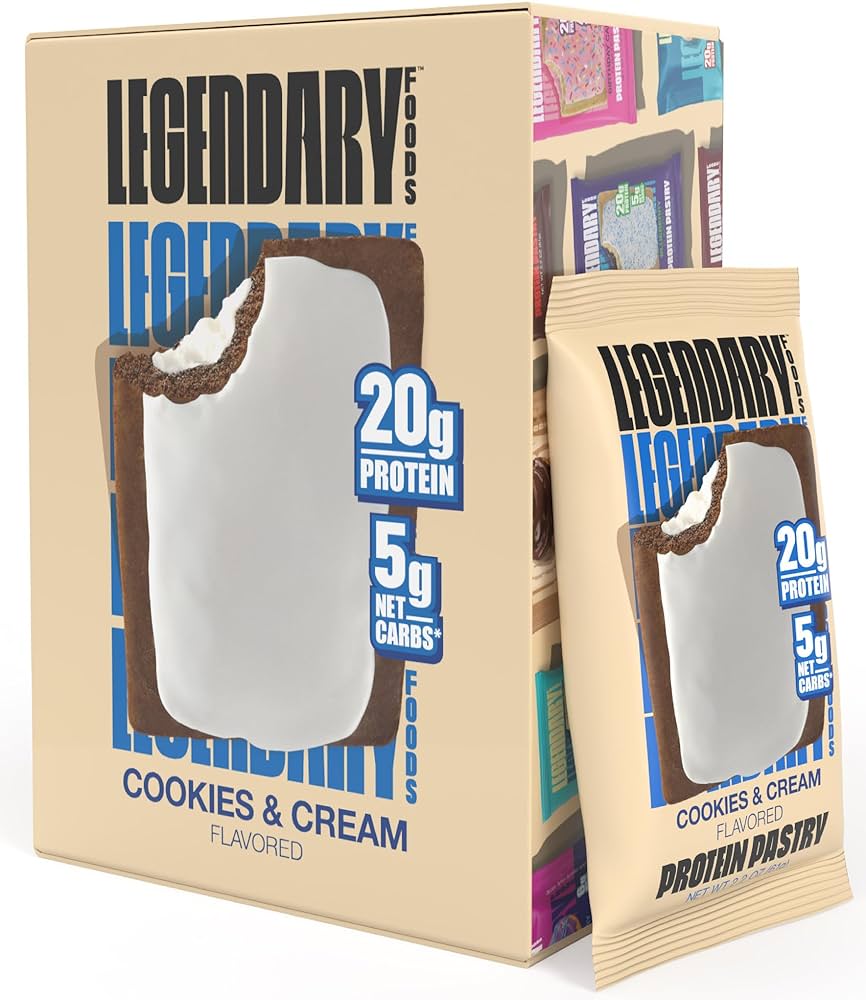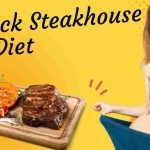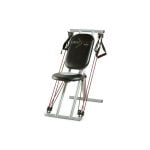Cardboard diet food is a type of food made from cardboard that is consumed for weight loss or as a substitute for real food. It is a low-calorie, low-nutrient option that is not recommended for long-term use or as a sustainable diet plan.
Although it may provide a temporary solution for weight loss, it lacks essential nutrients and can have negative effects on overall health. It is advisable to consult with a healthcare professional or registered dietitian for a balanced and nutritious diet plan that supports overall well-being.
Benefits Of A Cardboard Diet
Eating cardboard may sound strange, but the benefits it offers for your health and well-being are surprisingly impressive. Incorporating cardboard into your diet can provide several advantages, from increased nutritional value and weight management to improved digestion.
Increased Nutritional Value
A Cardboard diet might seem unconventional, yet it offers an unexpected boost in nutritional value. Cardboard is rich in fiber and essential minerals, such as calcium and magnesium. These nutrients support a healthy digestive system and contribute to maintaining overall well-being. Including cardboard in your diet can help you meet your daily dietary requirements and achieve optimal nutritional balance.
Weight Management
When it comes to weight management, a cardboard diet can be a game-changer. Cardboard is low in calories and high in fiber, making it an ideal addition to any weight loss or weight maintenance plan. By incorporating cardboard into your diet, it can help you feel fuller for longer periods, reducing the chances of overeating and aiding in weight control.
Improved Digestion
One of the major benefits of a cardboard diet is improved digestion. The high fiber content in cardboard promotes regular bowel movements, preventing constipation and keeping your digestive system running smoothly. Consuming cardboard can also support the growth of beneficial gut bacteria, enhancing overall digestion and nutrient absorption.
Incorporating cardboard into your diet may initially seem unconventional, but the benefits it offers are worth considering. From increased nutritional value and weight management to improved digestion, a cardboard diet can positively impact your overall health. So, why not explore this unique dietary approach and experience the potential benefits for yourself?

Credit: www.amazon.com
Essential Components Of A Cardboard Diet
If you’re following a cardboard diet, it’s important to ensure that you’re getting the essential components needed to support your health. While the name may sound unappetizing, a cardboard diet actually refers to a eating plan that focuses on low-calorie, low-fat, and low-carbohydrate foods. This type of diet is often chosen by individuals who are looking to lose weight or improve their overall health. To make sure you’re getting the right nutrients, here are the essential components of a cardboard diet:
Fiber-rich Foods
Fiber is an important component of a healthy diet as it aids in digestion, promotes healthy bowel movements, and helps control blood sugar levels. When following a cardboard diet, it’s crucial to include plenty of fiber-rich foods in your meals. Some examples of high-fiber foods include:
- Whole grains such as oats, quinoa, and brown rice
- Fruits and vegetables like apples, broccoli, and carrots
- Legumes such as lentils, chickpeas, and black beans
These fiber-rich foods not only provide the necessary dietary fiber but also keep you feeling full and satisfied for longer periods.
Lean Protein Sources
Protein is an essential macronutrient that helps build and repair tissues, supports muscle growth, and provides a feeling of satiety. When following a cardboard diet, it’s important to choose lean protein sources to avoid excessive fat intake. Some ideal lean protein sources include:
- Skinless chicken breast
- Turkey
- Fish like salmon, tuna, and cod
- Egg whites
- Plant-based proteins such as tofu, tempeh, and legumes
These lean protein sources will not only help you maintain your muscle mass but also keep you feeling satisfied and prevent cravings for unhealthy snacks.
Healthy Fats
Contrary to popular belief, not all fats are bad for you. In fact, healthy fats play a vital role in supporting overall health and wellbeing. When following a cardboard diet, it’s important to incorporate healthy fats into your meals. Some examples of healthy fats include:
- Avocado
- Nuts and seeds like almonds, walnuts, and chia seeds
- Olive oil
- Fatty fish like salmon and mackerel
These healthy fats provide important nutrients like omega-3 fatty acids, which are good for heart health and brain function. Including healthy fats in your cardboard diet can also help you feel satisfied and satiated between meals.
Low-glycemic Carbohydrates
When following a cardboard diet, it’s important to choose carbohydrates that have a low glycemic index. Low-glycemic carbohydrates are slower to digest and don’t cause a rapid spike in blood sugar levels, making them ideal for weight loss and overall health. Some low-glycemic carbohydrate options include:
- Leafy green vegetables like spinach and kale
- Non-starchy vegetables such as cauliflower, cucumber, and zucchini
- Berries like strawberries, blueberries, and raspberries
- Whole grains like quinoa and brown rice
Incorporating these low-glycemic carbohydrates into your meals not only provides essential nutrients but also helps maintain steady energy levels throughout the day without causing energy crashes.
Meal Planning For Success
Meal planning is essential for achieving success with the Cardboard Diet Food. When following a diet, it’s important to create balanced meals, control portions, and prepare your meals ahead of time. With these strategies in place, you can stay on track and reach your health and wellness goals. In this blog post, we’ll explore three key aspects of meal planning for success: creating balanced meals, portion control, and meal prep tips. Let’s dive in!
Creating Balanced Meals
Creating balanced meals is the foundation of a healthy diet. When planning your meals, aim to include a combination of macronutrients – carbohydrates, proteins, and fats – as well as a variety of vitamins and minerals. Here are some tips to help you create well-balanced meals:
- Start with a base of whole grains or complex carbohydrates, such as brown rice or quinoa, for sustained energy throughout the day.
- Add lean protein sources like chicken breast, tofu, or legumes to support muscle growth and repair.
- Incorporate healthy fats from sources like avocados, nuts, or olive oil to promote heart health and satiety.
- Don’t forget the fruits and vegetables! Aim for a rainbow of colors to ensure an array of essential vitamins and minerals.
Portion Control
Portion control is crucial for maintaining a balanced diet and preventing overeating. It’s easy to consume more calories than we realize, especially when it comes to processed foods. Here are some portion control tips to help you stay on track:
- Measure your portions using measuring cups or a kitchen scale. This can help you become more aware of proper serving sizes.
- Fill half of your plate with fruits and vegetables, one-quarter with lean protein, and one-quarter with whole grains.
- Avoid eating straight from the package. Instead, portion out snacks into small containers or bags to prevent mindless munching.
- Listen to your body’s hunger and fullness cues. Slow down and savor each bite, then stop eating when you feel comfortably satisfied.
Meal Prep Tips
Meal preparation is a game-changer when it comes to staying on track with your diet. By preparing meals in advance, you can save time, reduce stress, and make healthier choices throughout the week. Here are some meal prep tips to help you succeed:
- Plan your meals for the week ahead and create a grocery list to ensure you have all the necessary ingredients on hand.
- Set aside a specific time each week to batch cook your meals. This could be on a Sunday afternoon or whatever day works best for you.
- Invest in meal prep containers to portion out your meals and snacks. This makes it easy to grab a nutritious meal when you’re on the go.
- Pre-cut vegetables, cook grains, and marinate proteins in advance to streamline your meal preparation process.
By incorporating these meal planning strategies, you can set yourself up for success on the Cardboard Diet Food. Remember, preparation is key! With balanced meals, portion control, and advanced meal prep, you’ll be well-equipped to reach your goals. Let’s get started on this delicious and nutritious journey together.
Delicious Recipes To Try
Looking to spice up your meals with a healthy twist? How about trying some mouthwatering recipes featuring the innovative and eco-friendly Cardboard Diet Food? These recipes are going to revolutionize your culinary experience without compromising flavor or nutrition. So, let’s dive into some scrumptious options you won’t believe are made with cardboard!
Cardboard-crusted Salmon
Fancy a dish that combines the delightful taste of salmon with the crunch of a crispy crust? Look no further than this Cardboard-crusted salmon recipe. It’s a perfect blend of textures and flavors that will leave you craving for more.
Veggie-packed Cardboard Stir-fry
When it comes to an easy, quick, and nutritious meal, this Veggie-packed cardboard stir-fry has it all. Packed with a variety of colorful vegetables and seasoned to perfection, this recipe will make your taste buds dance with joy.
Cardboard Granola Bars
Looking for a healthy and energizing snack to keep you going throughout the day? These Cardboard granola bars are the answer! They are not only delicious but also loaded with nutrients and fiber to give you that perfect boost of energy whenever you need it.
With these amazing recipes, you can turn cardboard into a culinary marvel that will impress even the toughest food critics. So, why wait? Grab your ingredients and get ready to indulge in these delectable creations!
Tips For Long-term Success
When it comes to following a Cardboard Diet Food plan, achieving long-term success requires more than just willpower. Staying motivated, finding support, and adopting a gradual transition approach can make all the difference. Let’s dive into these essential tips:
Staying Motivated
Motivation plays a key role in any weight loss journey. Here are a few strategies to stay motivated on your Cardboard Diet Food plan:
- Set realistic and achievable goals.
- Reward yourself for reaching milestones, but avoid using food as a reward.
- Find an exercise routine you enjoy to complement your diet.
- Track your progress using a weight loss journal or an app.
- Surround yourself with positive affirmations and visual reminders of your goals.
Finding Support
Embarking on a diet journey is always easier with support. Here are some ways to find support when following the Cardboard Diet Food plan:
- Join an online community or forum dedicated to Cardboard Diet Food.
- Seek out a diet buddy or a support group to share your experiences with.
- Consider working with a registered dietitian or nutritionist for personalized guidance.
- Connect with friends or family members who are also interested in improving their diets.
- Participate in events or workshops related to healthy eating and weight loss.
Gradual Transition Approach
Transitioning to the Cardboard Diet Food plan gradually can increase your chances of long-term success. Here’s a suggested approach:
- Begin by replacing one meal or snack with a Cardboard Diet Food option each day.
- Gradually increase the number of Cardboard Diet Food meals or snacks over time.
- Experiment with different recipes and meal ideas to keep your meals flavorful and exciting.
- Allow yourself occasional indulgences to prevent feeling deprived.
- Continuously monitor your progress and make adjustments as needed.

Credit: nypost.com

Credit: www.foodengineeringmag.com
Frequently Asked Questions For Cardboard Diet Food
Is A Cardboard Diet Safe For Weight Loss?
No, a cardboard diet is not safe for weight loss. It lacks essential nutrients and can lead to nutrient deficiencies, muscle loss, and low energy levels. It is important to follow a balanced and nutritious diet for healthy weight loss.
Can A Cardboard Diet Help With Digestion?
No, a cardboard diet cannot help with digestion. Cardboard does not contain the necessary fiber and nutrients needed for a healthy digestive system. It is important to include a variety of fruits, vegetables, and whole grains in your diet to support digestion.
Are There Any Health Benefits To A Cardboard Diet?
No, there are no health benefits to a cardboard diet. It is essential to consume a balanced diet that provides all the necessary nutrients for optimal health. A cardboard diet lacks essential nutrients and can have detrimental effects on your overall well-being.
Can A Cardboard Diet Lead To Weight Gain?
Yes, a cardboard diet can lead to weight gain. When you deprive your body of necessary nutrients, it can go into starvation mode, slowing down your metabolism and causing your body to store fat. It is important to have a balanced and nutritious diet for sustainable weight management.
Conclusion
To summarize, incorporating cardboard diet food into your weight loss regimen can be a game-changer. Its low-calorie content, high fiber and nutrient value makes it an ideal choice for a healthy and satisfying diet. By substituting high-calorie foods with cardboard alternatives, you can successfully shed those extra pounds while still feeling satisfied.
Remember to consult with a healthcare professional before making any drastic dietary changes. With the right approach, you can attain your weight loss goals and improve your overall well-being. Cheers to a healthier, fitter you!







